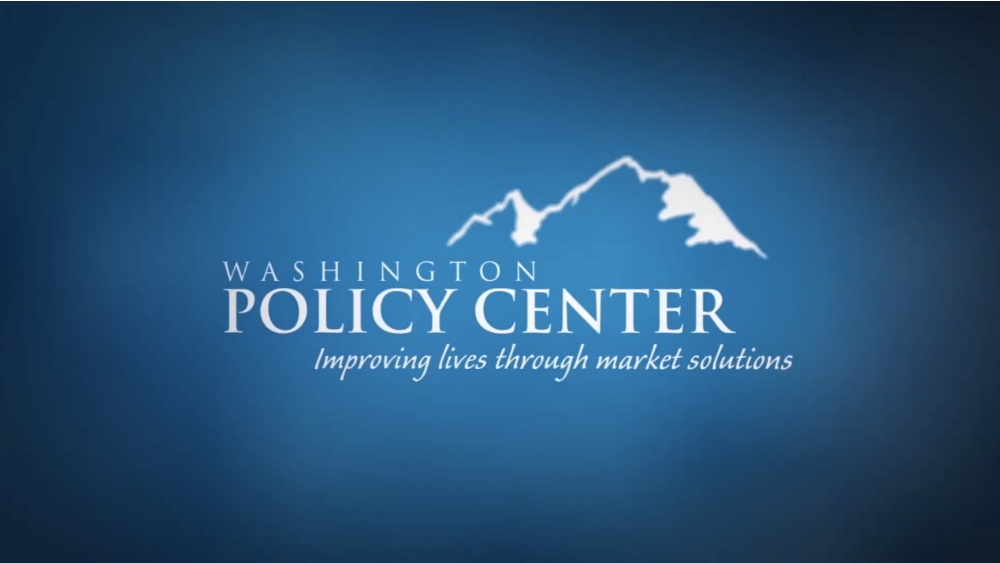Puget Sound Energy recently asked its customers to conserve energy due to a period of high demand and a shortage of electricity. The utility’s request has caused a wide range of reactions. Interestingly, some people are upset that they are being asked to conserve energy at all.
For more than a century, the supply of electricity and its price have been set by governments and utilities. Residential customers pay their bills at the end of the month without much thought about why their bills are rising or falling, cheap or expensive. We turn on our lights, dry our clothes, wash our dishes without considering the cost or wondering if there will be enough electricity.
This system works as long as prices remain reasonable and the supply of electricity is reliable. Until recently, providing more detailed information to consumers wasn’t even really an option. Those assumptions aren’t true anymore.
Electricity supply is becoming less reliable, and prices are increasing.
When considering how to address this problem, the answers from politicians and activists on the left and right all tend to center around increasing government control.
Those on the left argue that building more wind turbines and solar panels, combined with batteries, will make energy supplies more reliable. On the right, the refrain is that we need to build more nuclear and natural gas generation to ensure the lights stay on affordably.
Setting aside the merits of each side’s preferred energy portfolio, it is notable that both left and right see the problem as one of supply and argue that politicians and government planners should promote their favored solution. Left and right agree that government planning is the solution, the only question is which plan should be adopted.
The long history of government control over electricity has narrowed our perspective about who should make decisions. The customer is treated as a passive purchaser of resources made available by political decisions.
That inflexible attitude needs to change. As long as consumers are given little information about the cost of the energy they are using, we are likely to continue to face problems in providing reliable and affordable electricity.
Few people realize that electricity use peaks in the morning and evening. These hours are the most expensive and some utilities rely on “peaker” plants that generate electricity only during the hours of highest demand. Because they are used infrequently, the cost per kilowatt hour is greater. Additionally, on days when it is very hot or cold, demand can increase significantly, driving up the price of electricity to many times the normal price.
These high prices are passed along to customers in the form of higher average rates. Because the information they receive is delayed and unclear, customers use electricity when prices are high without realizing it. As a result, utilities increase rates to cover costs their customers have incurred without understanding it. Giving consumers real-time information about prices would allow them to dry their clothes, wash dishes, or vacuum their carpet during hours when electricity prices are lower.
This shouldn’t be controversial. It is the way we pay for virtually every other commodity.
Everyone knows the price of gasoline within a few pennies because the information is available instantly and everywhere. We don’t think twice about responding to the daily price of gasoline.
Tell some on the right that consumers should be charged the market price of electricity and frequently response is that government should simply promote construction of more power plants. Consumers are treated as passive and powerless, incapable of making their own power-consumption decisions. They treat electricity supply as the only lever. Price signals that impact demand are treated as suspicious. Voluntary utility programs that pay people to automatically adjust their thermostat downward during periods of high demand are considered suspect or even dangerous.
Treating consumers as victims does them no favors. It increases prices and the risk of energy shortages.
When customers use electricity when prices are high, they end up paying more, even if they don’t know why. Utilities have to pass those costs along by increasing rates. Hiding that fact from consumers makes the problem worse.
Additionally, a lack of transparency makes it more difficult to hold politicians accountable for policies that impact the cost and reliability of electricity. When prices go up or the lights go out, people don’t know who to blame or the cause. The federal government? The state government? The utility? Everyone points the finger and customers, who have been largely isolated from useful information, don’t know who to hold accountable.
By way of contrast, when Washington’s gasoline prices rose after the imposition of a tax on CO2, drivers had a history of price information to draw on to help them understand what was going on. Efforts by politicians to blame oil companies or world markets were largely unsuccessful because people understood that what was happening was unusual.
Providing timely price signals engages consumers, allowing them to control their electricity bill and providing the information necessary to thoughtfully and effectively engage when there are shortages or price spikes.
Some on right worry that having consumers respond to prices hides the weaknesses of intermittent sources of electricity and forces consumers to adapt to inadequate electricity supply.
The argument that we should make wind energy as painful as possible to encourage political change is very risky. Fundamentally, I don’t like the idea of creating pain among residential customers in the hope they will support a particular agenda for political change.
Punishing customers doesn’t always end up supporting the change we want. Some may decide the problem is the “greed” of private utilities and choose to increase government control and subsidies. When people are frustrated they don’t react in predictable ways, especially when they don’t have experience with how electricity prices are set.
Ultimately, consumers should be provided with price information regardless of whether our grid has no wind energy or is all wind generated. That is best for consumers and for the grid’s reliability.
Another concern some people express is that while programs that pay consumers to adjust their thermostat are voluntary now, they may become mandatory in the future.
There is always the possibility that good programs can be abused by politicians. That is an argument against the abuse, not against a program that gives more power to consumers.
If the state launched a program that forced everyone to adjust their thermostats, it would become a huge political issue. There are already complaints from people who signed up for these programs voluntarily when their thermostat is adjusted automatically. Imagine the outrage if that program were imposed on people without their consent. It would cause a political firestorm.
And frankly, the current system largely cuts consumers out. Those who worry about politicians controlling the electrical system should realize that that is the system we already have. Utilities and grid managers can already cut power off whenever they want to. I would oppose giving government organizations control over individual thermostats, but that power is less intrusive than the power they already have.
Giving consumers more information undermines political control, it doesn’t help it.
As frustrating and unusual as it was for many to receive the notice from PSE, it is something the utility should do more frequently and back it up with financial incentives. Consumers should be made part of the process, not a left as passive recipient of whatever politicians decide. Transparent prices and rewards for conservation are something we should celebrate, not fear.




